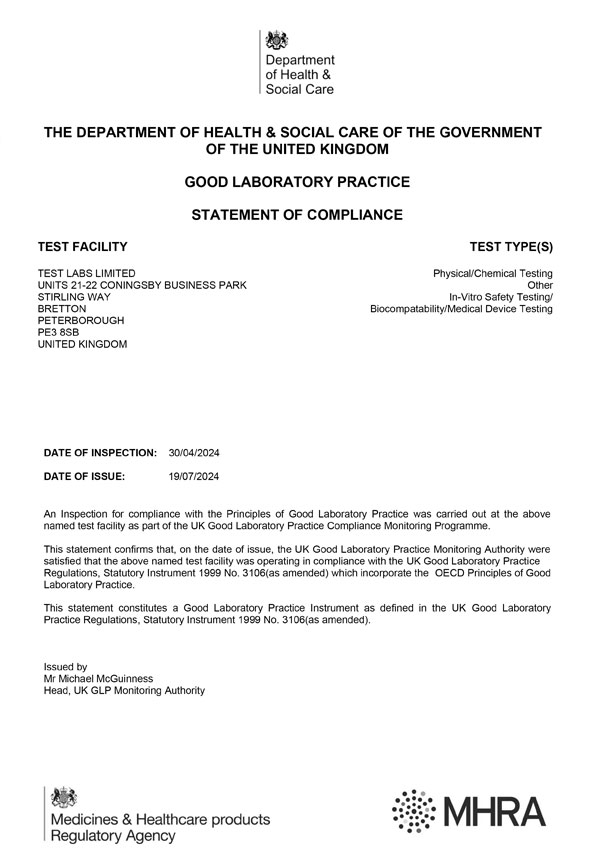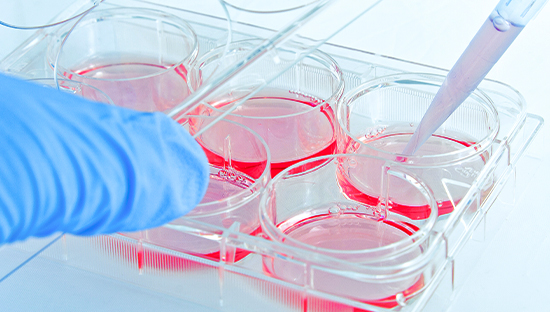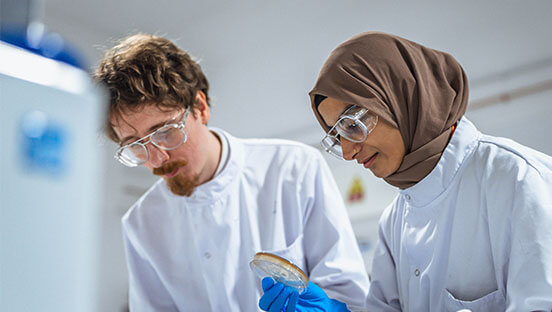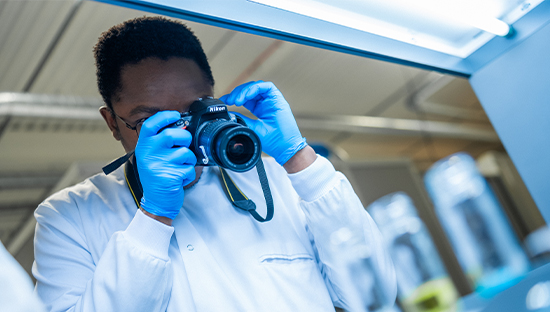What is Good Laboratory Practice (GLP)?
Good Laboratory Practice (GLP) is a defined set of principles to be implemented in a quality management system by an organisation (test facility) completing non-clinical health and environmental safety studies. It outlines how studies should be planned, performed, monitored, recorded, archived, and reported. While the term GLP is most associated with the pharmaceutical industry and the required non-clinical animal testing that must be performed prior to the approval of new drug products, it actually applies to many other areas relating to safety in the health or environment field. The key point to remember is that GLP is specifically designed to protect scientific data integrity for studies and testing which are non-clinical.
Test Labs GLP Certification
Test Labs perform regulatory studies in compliance with the Principles of GLP. The GLP regulations require that “regulatory studies” to demonstrate the safety or properties where the data is intended for submission must be performed at a test facility that is a member of the respective national compliance monitoring programme. As a member of this programme test facilities are inspected on a regular basis as an assessment of conformity.
Why is Good Laboratory Practice Important?
In order to state that a study has been conducted under GLP, it must be completed by a test facility who belongs to an appropriate compliance monitoring programme and ensures that the study performed conforms to the principles GLP. A key component of a GLP system is the requirements for the QA department, who independently monitors the entire study. This includes verifying that all written procedures including the study protocol are followed correctly and the report accurately represents the results produced.
By conducting a study under the principles of GLP, it provides the assurance that the study has been performed exactly as described in the study protocol (which is approved by the Study Director and the Sponsor/customer). It also gives confidence that the results reported are accurately represented. Due to GLP being accepted in many countries across the globe, it means that when a study is performed under GLP it allows for mutual acceptance of data among countries, meaning that duplicative testing can be avoided, thereby saving time and resources.

Explore related GLP services:

Medical Device Biocompatibility Testing
We offer tests which evaluate cytotoxicity and biological risks within the chemical make-up of a medical device.
- 4-5 week typical lead time
- Biological Evaluation Plan & Report
- In Vitro & In Vivo methods
- Extractables & Leachables (E&L) Studies
- Also testing after cleaning, disinfection & sterilization

Medical Device Cleaning Validation
We validate your medical device cleaning instructions, as detailed in your IFU, which can be manual or automated.
- 4-5 week typical lead time
- Simulated use/accumulation study
- AAMI ST98/ISO 15883-5
- Validated via residual analyte detection (Protein & ATP)
- High/Low level disinfection validation to AAMI TIR-12

Medical Device Material Compatibility Testing
We analyse test item materials at both sample and product level to assess process compatibility.
- Starts from 2-3 week typical lead time
- Spray tests, based on EN ISO 21530
- Soak tests, based on EN ISO 21530
- Contact tests, based on EN ISO 21530
- Wipe tests, based on BIFMA HCF 8.1-2017
